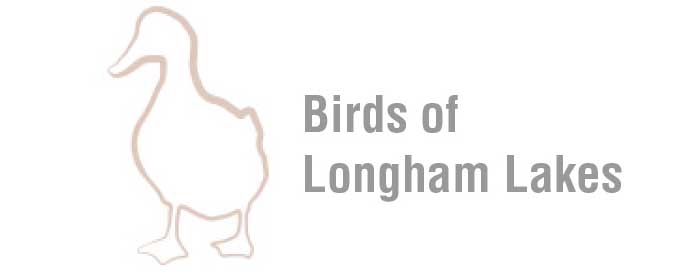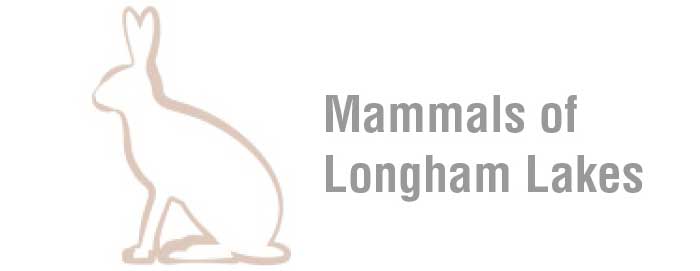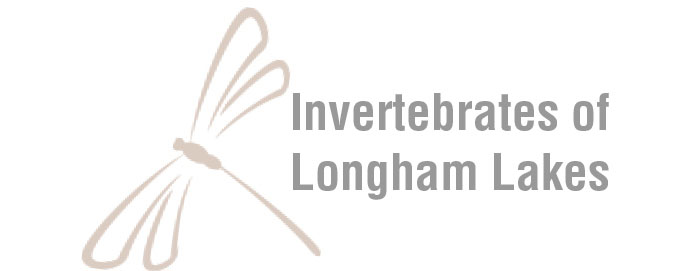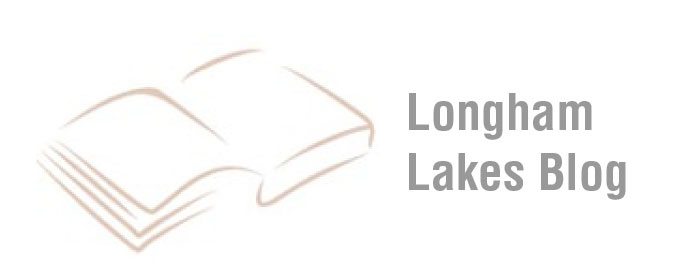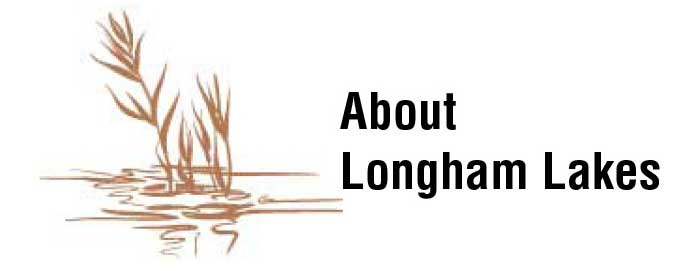

Longham Lakes
How to get there
Longham Lakes is close to Bournemouth, in Dorset, UK. It lies between Ferndown and the main Poole/Bournemouth conurbation, adjacent to where the A348 crosses the River Stour. The site is owned and managed by Bournemouth Water.
There are wide, flat paths around both reservoirs, and visitors can use them freely. There are public toilets by the Study Centre. Dogs need to be on leads. There is currently no public access to Samuel’s Wood, the West Fields, The Marsh, the old Settling Marsh area, Emily’s Wood or the Water Works by the Weir. For wheelchair access, see notes on Study Centre below.
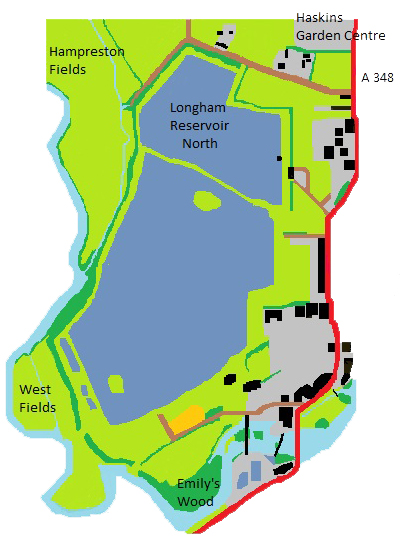
Birding at Longham Lakes
The site has something to offer all year round. Aside from the obvious benefit of two large waterbodies, birding is enhanced by the rural setting and mix of habitats, which includes woods, farmland and the River Stour. If you visit, go for a good mix of common species, especially waterbirds. Rarities are just that – rare. Migrants, especially small birds, are often thin on the ground. Visible migration is usually poor.

